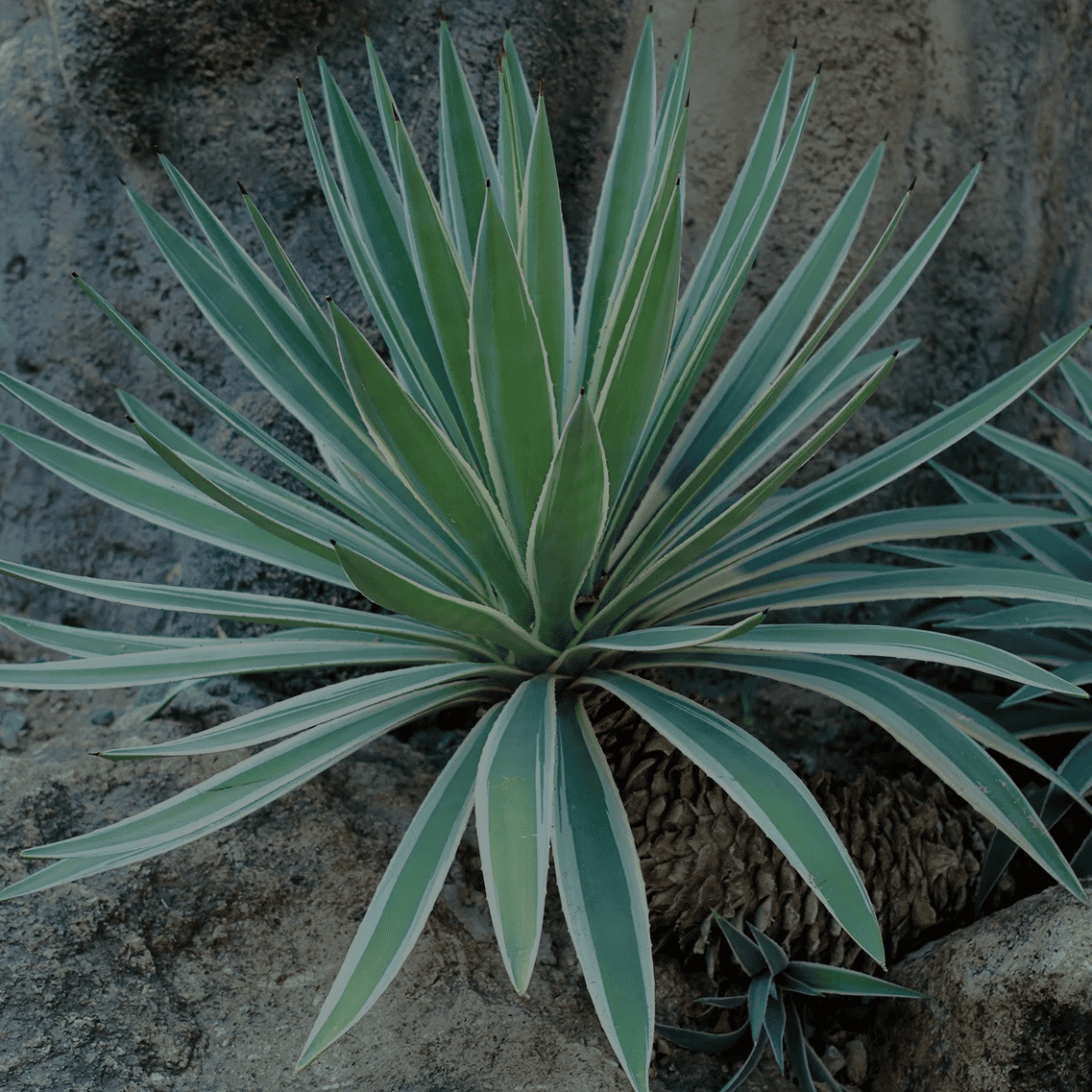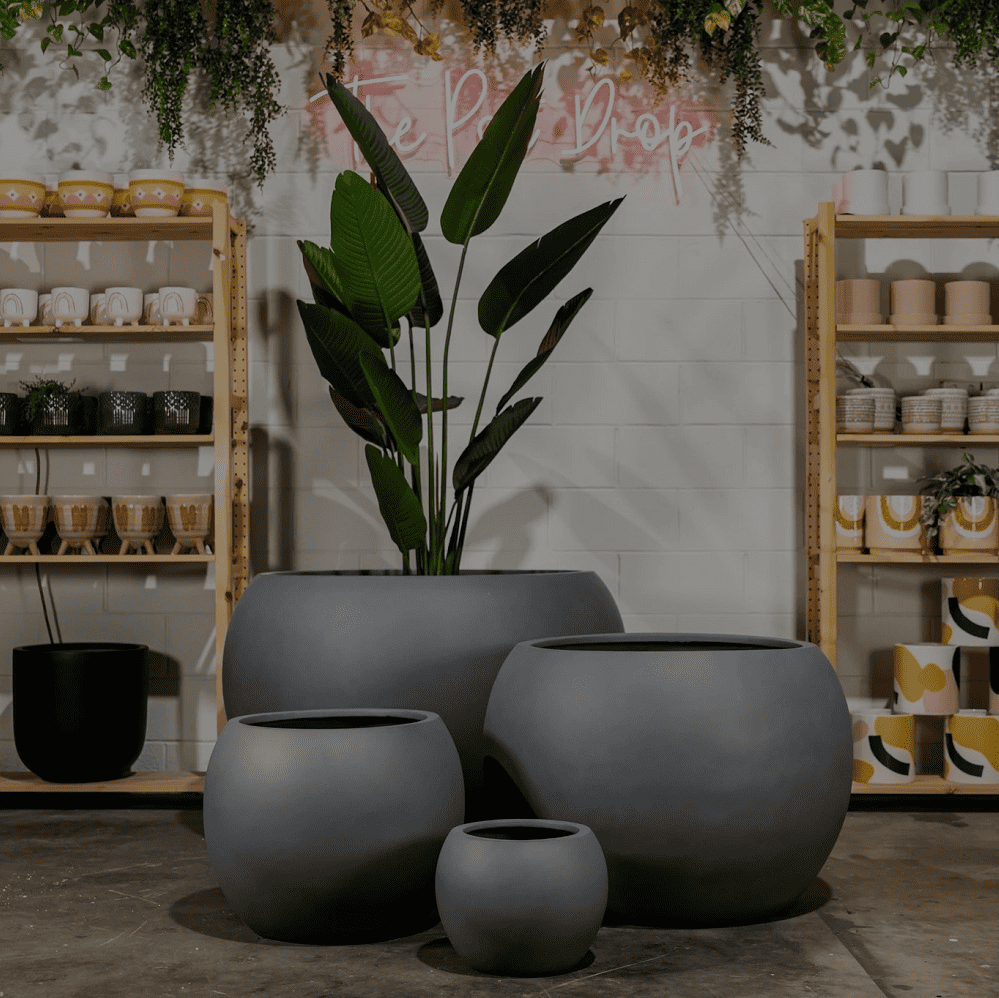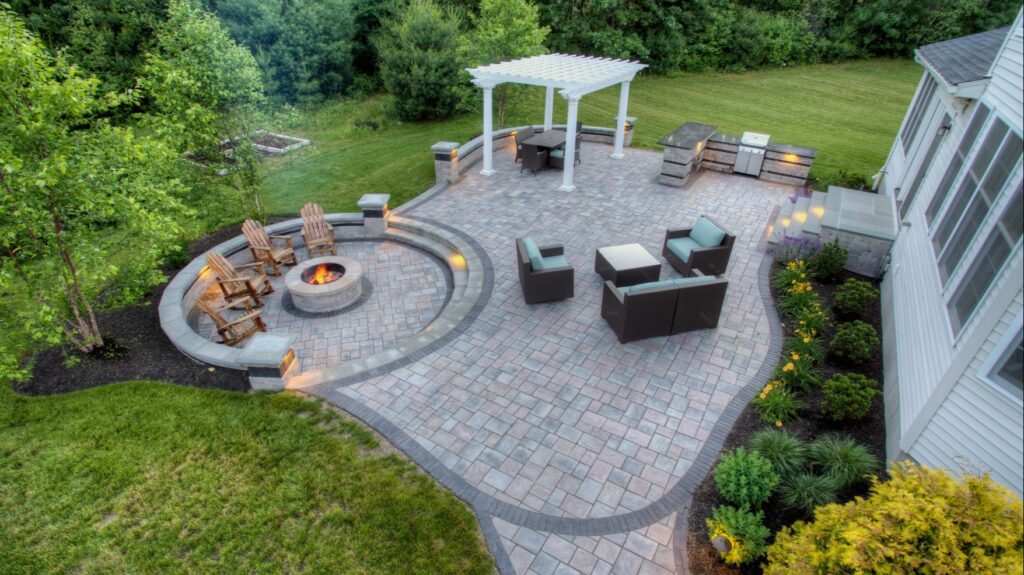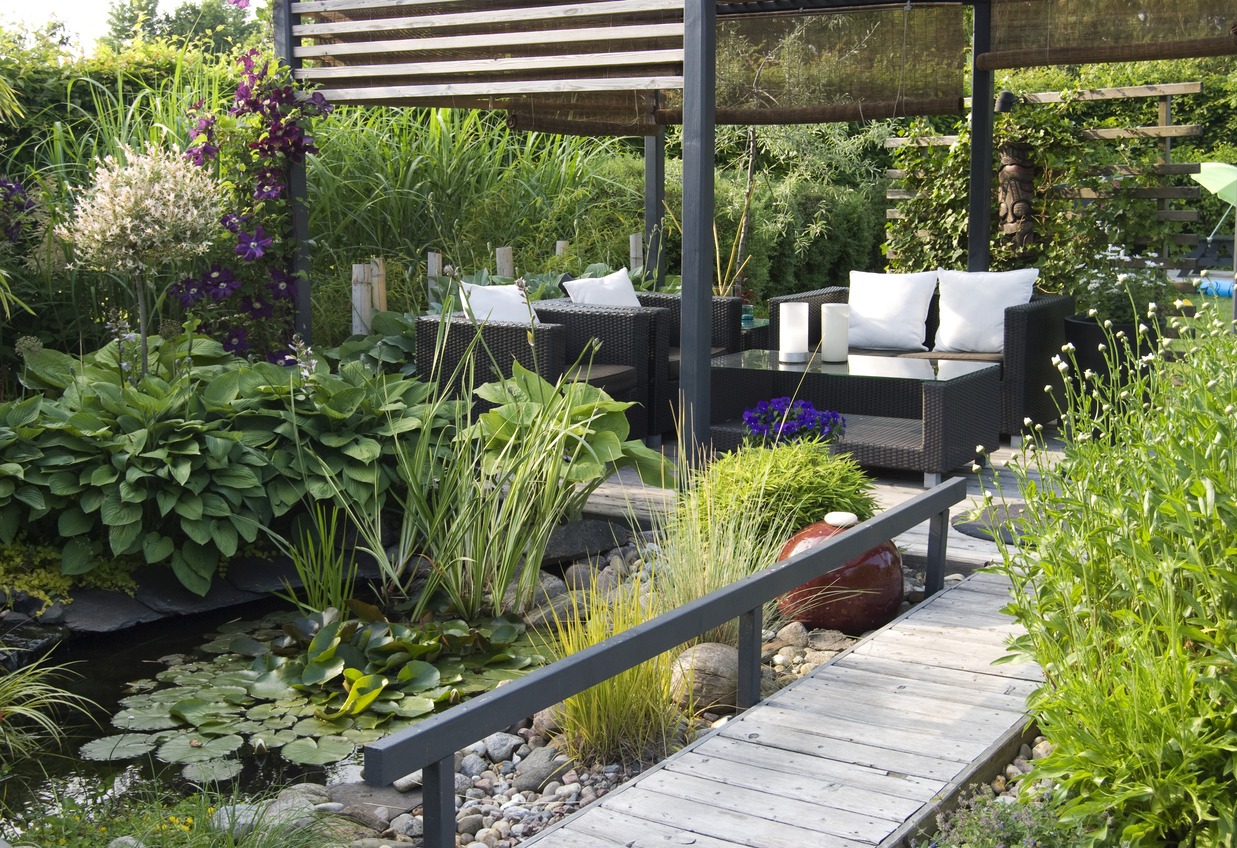Frequently Asked Questions
The duration of a hardscaping project depends on the complexity and size of the work. Simple projects like walkways or small patios can take a few days, while larger projects involving retaining walls, outdoor kitchens, or water features may take several weeks.
Yes, hardscaping can improve water drainage. Features such as permeable pavers, French drains, or retaining walls can direct rainwater away from your property, preventing flooding and soil erosion, especially in areas prone to heavy rainfall.
In the UAE’s hot and dry climate, it's important to use materials that are heat-resistant and durable. Common materials include:
- Natural stone (such as limestone and sandstone)
- Concrete pavers and bricks
- Porcelain tiles for outdoor spaces
- Travertine for luxury finishes
- Granite for durability and strength
The cost of hardscaping services varies depending on the materials used, the scope of the project, and the complexity of the design. On average, costs can range from AED 50 to AED 250 per square meter. It’s best to request a quote based on your specific needs.
Hardscaping features generally require minimal maintenance. However, regular cleaning (pressure washing for patios and walkways) and periodic checks for cracks or damage are recommended to ensure the longevity of the materials, especially in high-temperature areas.
Absolutely! Hardscaping is often integrated with landscaping to create harmonious outdoor environments. While hardscaping provides the structure, landscaping (such as planting trees, shrubs, and flowers) adds life and color to the space, making it aesthetically pleasing.
Hardscaping services are suitable for both residential and commercial properties in the UAE. Whether you're looking to enhance a private garden, create an inviting outdoor restaurant space, or build a functional public plaza, hardscaping can be tailored to any type of property.
Yes, eco-friendly hardscaping options are available, such as permeable paving materials that allow rainwater to seep through, reducing water runoff. Additionally, sustainable materials like recycled concrete, stone, and eco-friendly woods can be used to create environmentally friendly outdoor spaces.
In most cases, for larger or structural hardscaping projects, such as the construction of walls or water features, you may need to obtain permits from local authorities. It is best to consult your contractor to determine the requirements for your specific project.

























